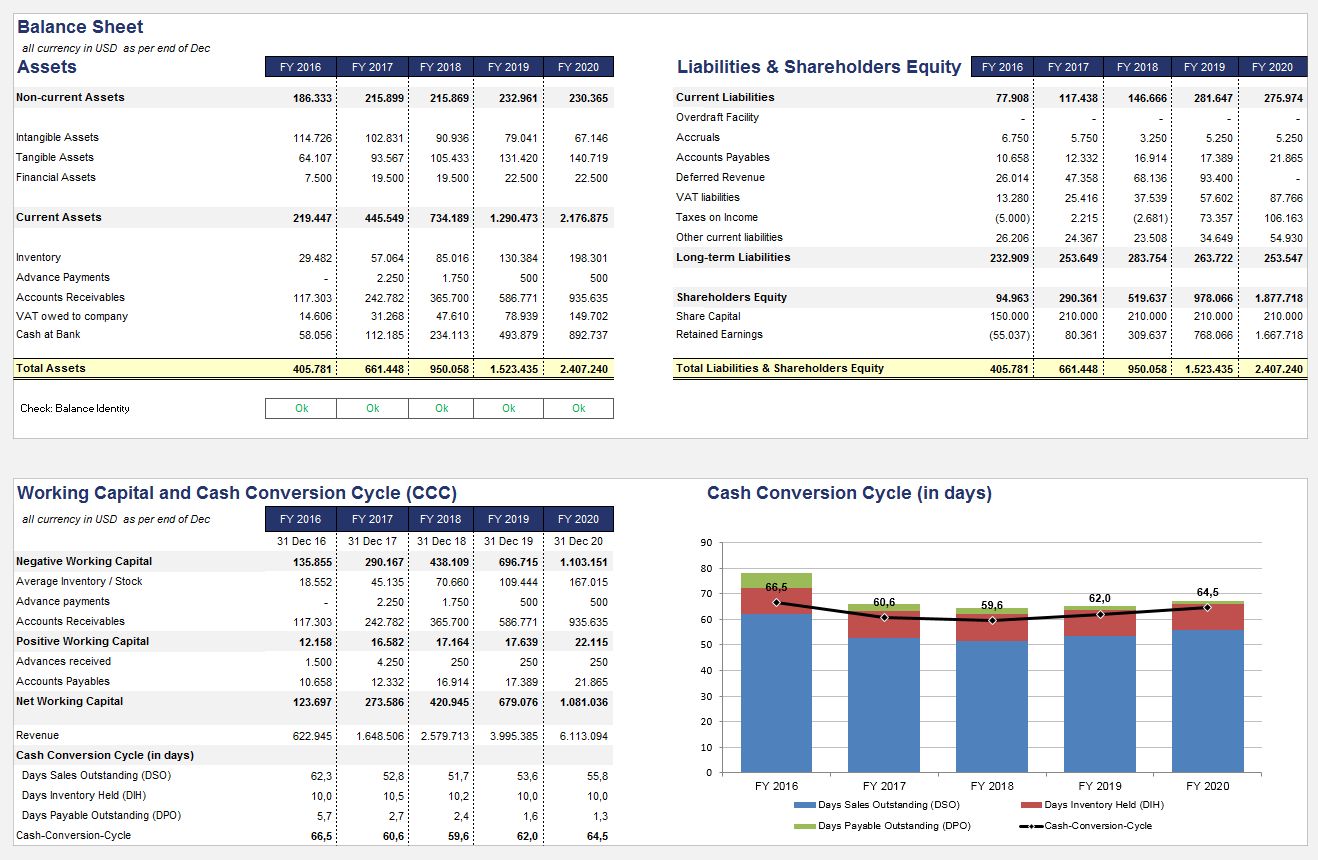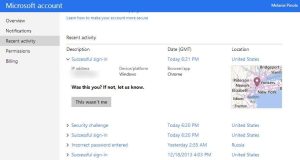
Excel for Finance
Excel for Finance
Excel is a powerful tool that is widely used in the finance industry. It allows financial professionals to perform a wide range of tasks, from analyzing financial data to creating budgets and forecasts. In this article, we will explore the ways in which Excel can be used in finance and some of the key features that make it so useful.
One of the most common uses of Excel in finance is for data analysis. Financial professionals often have to work with large datasets, and Excel provides a range of tools to help with this task. For example, Excel can be used to sort, filter, and analyze data, as well as to create charts and graphs to visualize the data.
Financial professionals can use Excel to identify trends and patterns in the data, which can then be used to inform decision-making.
Another important use of Excel in finance is for creating budgets and forecasts. Financial professionals often need to project future financial outcomes based on historical data and other factors. Excel can be used to create complex financial models that take into account a wide range of variables.
These models can be used to create budgets and forecasts that are based on realistic assumptions and that can help guide decision-making.
Excel also provides a range of tools for financial reporting. Financial professionals can use Excel to create financial statements, such as income statements and balance sheets, as well as to create financial reports for internal or external stakeholders. Excel can be used to automate the creation of these reports, which can save time and reduce the risk of errors.
One of the key features of Excel that makes it so useful for finance is its flexibility. Excel can be customized to meet the specific needs of different users and organizations. For example, financial professionals can create custom formulas and macros to automate repetitive tasks or to perform complex calculations.
Excel can also be integrated with other software tools, such as accounting software, to streamline workflows and improve efficiency.
In addition to its flexibility, Excel is also widely available and easy to use. Most financial professionals have experience using Excel, which means that it can be quickly adopted in organizations. Excel also provides a wide range of resources, such as online tutorials and help documentation, to help users learn how to use the software effectively.
In conclusion, Excel is a powerful tool that is widely used in the finance industry. Its ability to analyze data, create budgets and forecasts, and generate financial reports makes it an essential tool for financial professionals. Its flexibility and ease of use make it a popular choice for organizations of all sizes.
Whether you are a financial analyst, accountant, or business owner, Excel is a tool that can help you make better financial decisions and achieve your goals.

